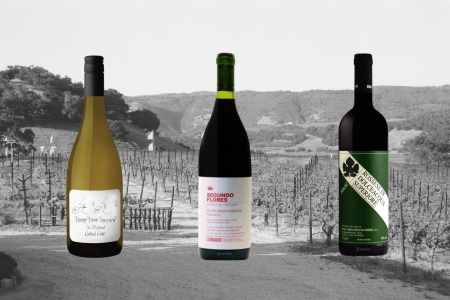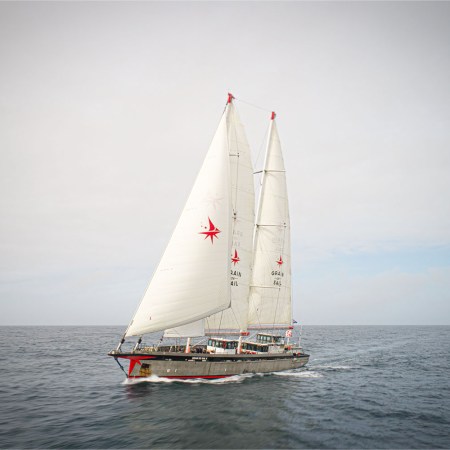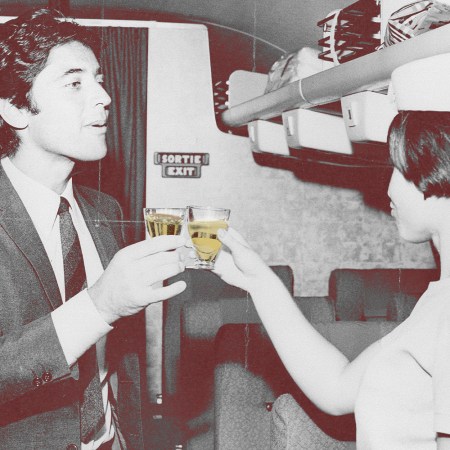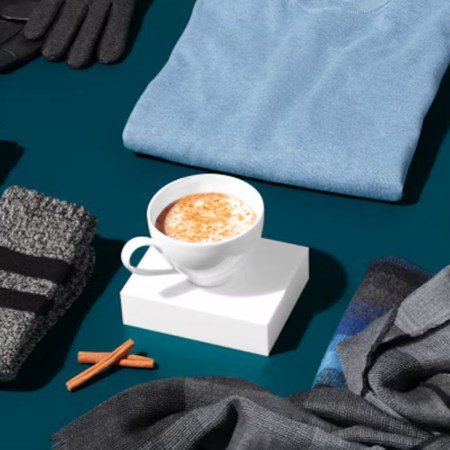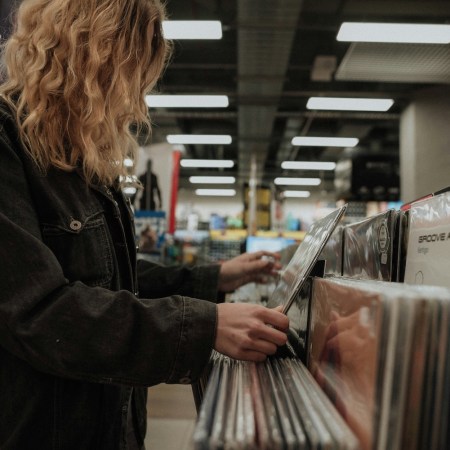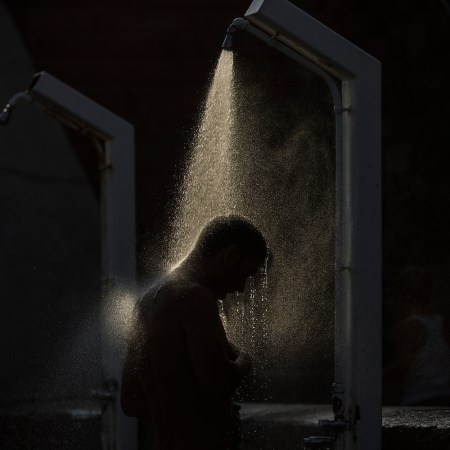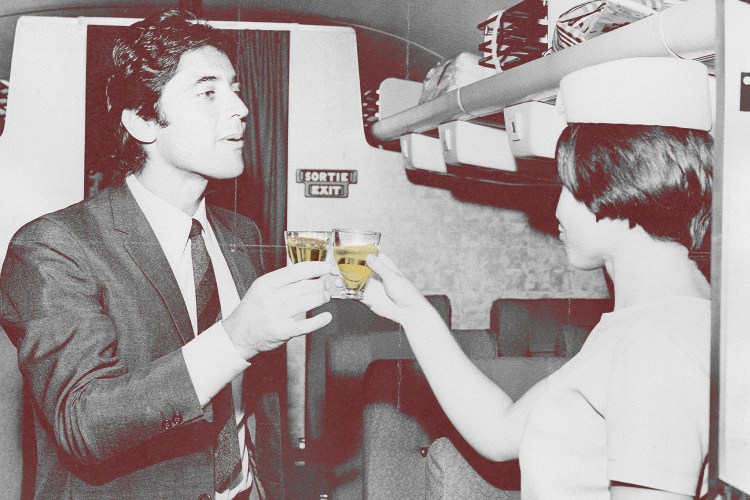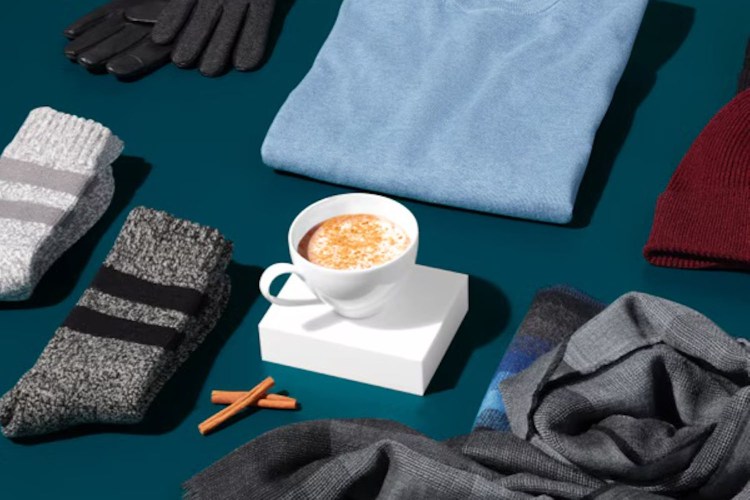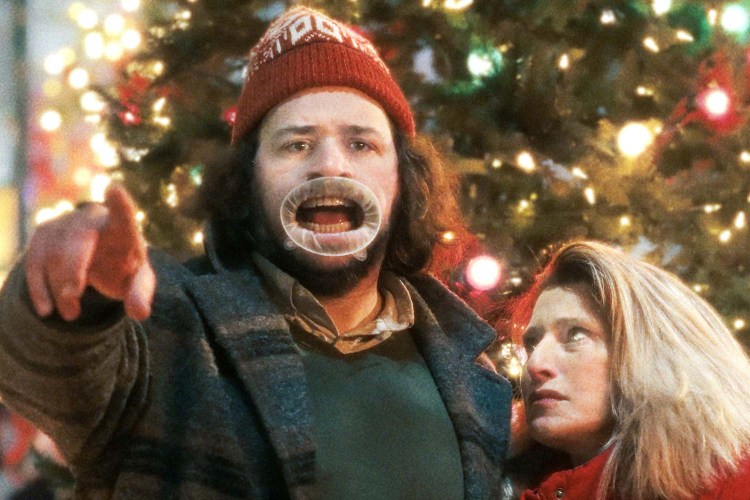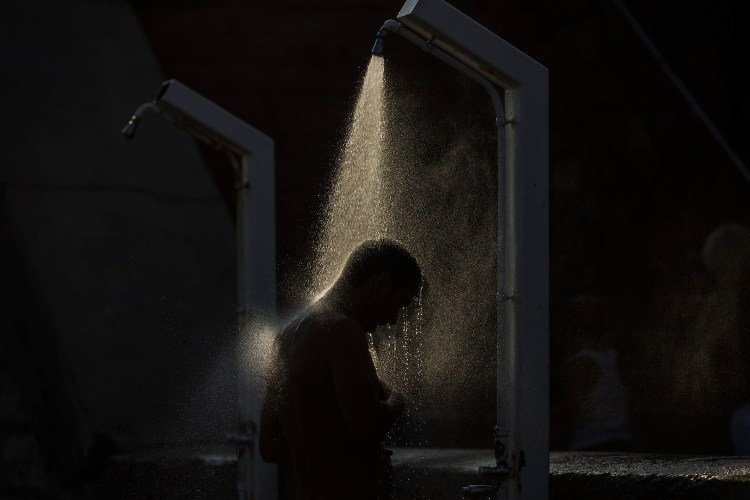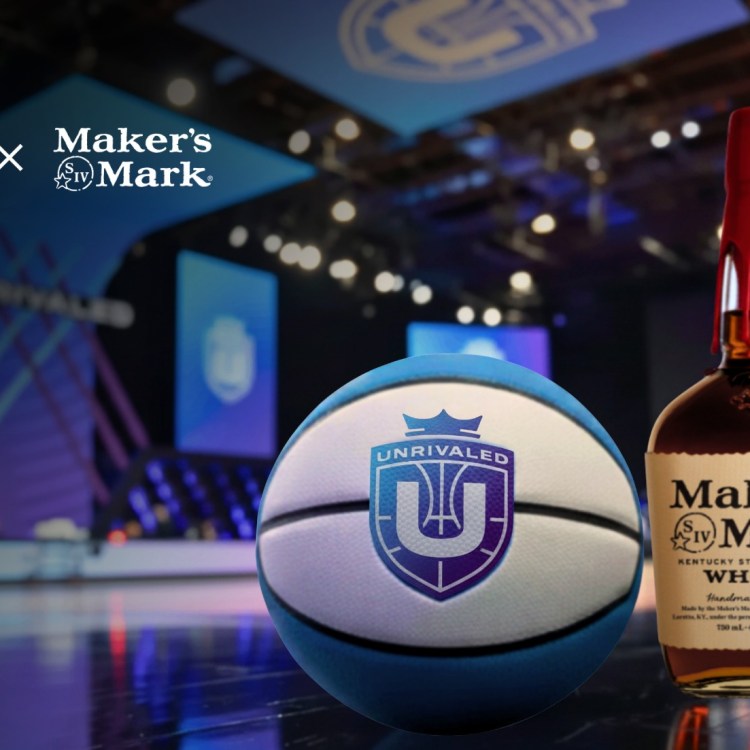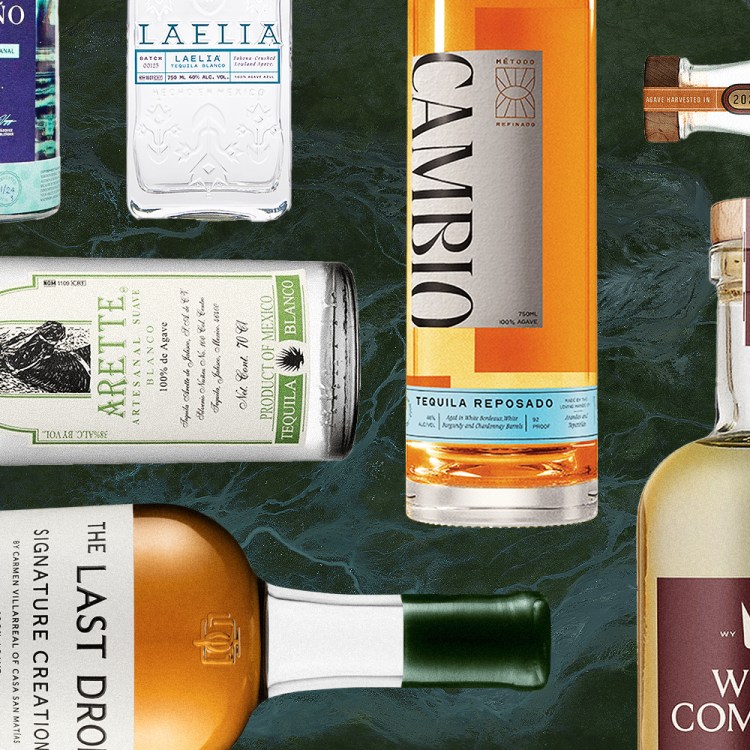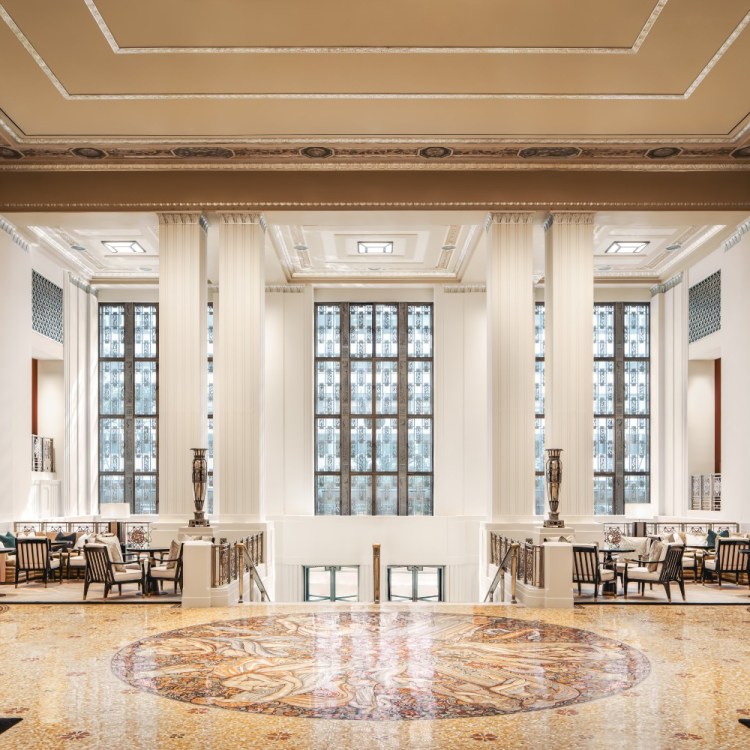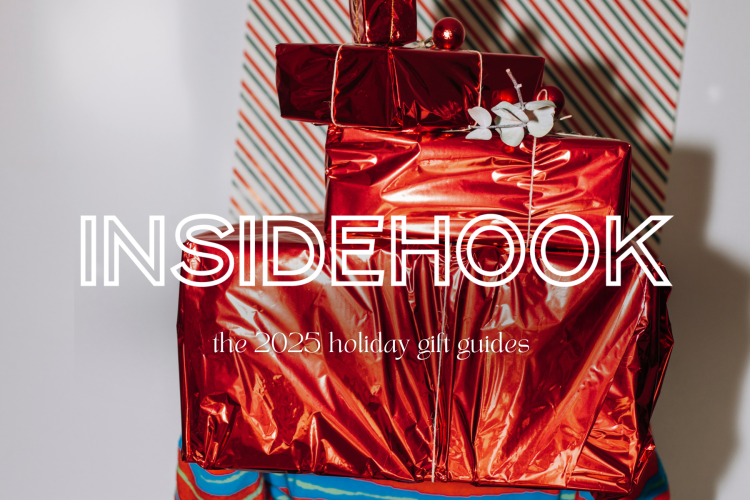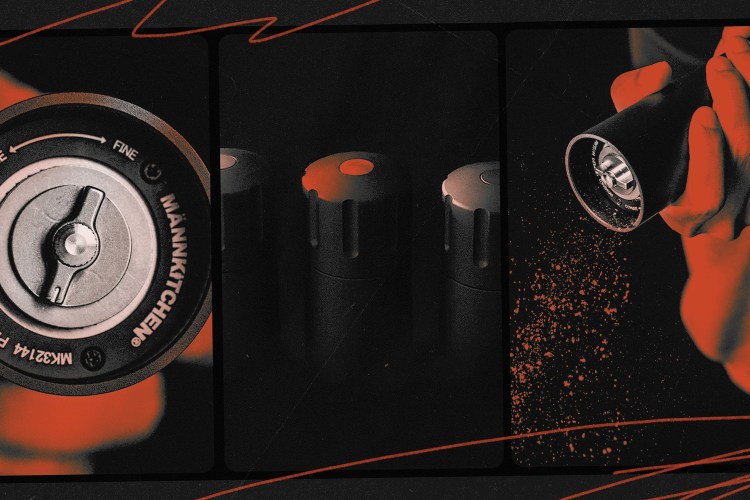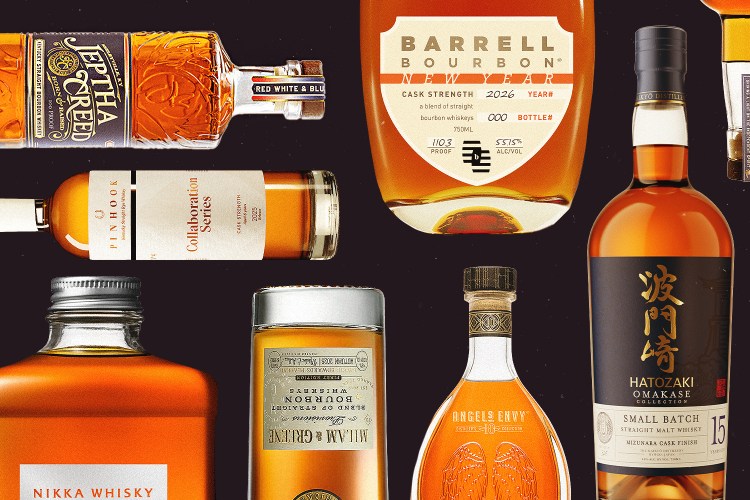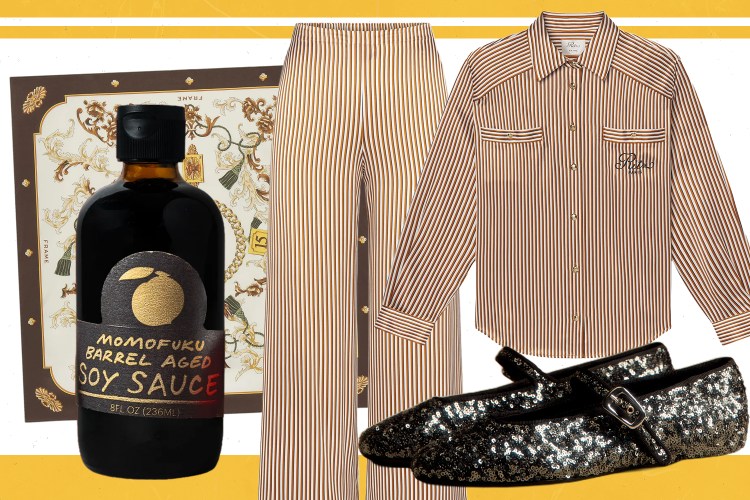If you order a glass of Royal Tokaji’s Essencia, one of the world’s rarest (and priciest) wines, it doesn’t come in crystal stemware, nor does it arrive as a five-ounce pour. It’s served by the sip in a hand-blown crystal spoon. And at more than $100 an ounce, you may ask: I’m paying for what?
It’s not a gimmick — the Hungarian wine is liquid gold. It’s made by adding the Botrytis-affected grapes (grown in the Tokaj region) to a grated tank and collecting the drips and drops. The wine is then fermented and aged for years until a hyper-sweet and highly intense elixir emerges. One sip is like the wine equivalent of popping in a Maxell tape.
While the exact origins of Essencia (which are now made by several Hungarian producers, most notably Royal Tokaji) were lost in the mists of time, the first records point to the 1700s when doctors would serve Essencia as a cure to whatever ailed. A spoon in the morning would act as a revitalizing tonic, or as Hugh Johnson OBE, the acclaimed wine writer and Royal Tokaji co-founder, says “like a medieval Viagra.”
British physician Frederick William Pavy, who practiced in the late 1800s and early 1900s, found Tokaj wines “may be advantageously recommended for rousing the powers and giving life to the enfeebled invalid.”
Wine and spirits merchants the Berry Brothers positioned Essencia as a healing elixir and included customer testaments to such properties in their 1933 sales book. “I took a small — very small — sup of it in bed last thing at night, and another at 11 a.m. this morning,” read one report. “I am feeling better and fitter than I have possibly for two years.”
“In the case of pneumonia, in which I have been using the wine recently, it was of the greatest benefit,” said another testimony.
Slowly, people started sipping for pleasure over prescription, and Essencia rose to become one of the world’s most coveted sweet wines. But producing Essencia still isn’t exactly a popular process amongst winemakers, largely because it’s incredibly exhaustive and expensive to make.

First of all, the weather needs to be just right — sunny and warm in the day, allowing the grapes to ripen slowly and elegantly, but foggy and misty in the mornings. The cold and humidity is key so the grapes can develop Botrytis, a fungus (also known as “noble rot” and used to make Sauternes and some rieslings) that dehydrates the grapes by pulling out all the water to increase the intensity and sweetness. Workers pass through the vines, looking through each bunch of grapes (furmint, harslevelu and muscat blanc) to find perfectly shriveled ones, which will ideally have lost about 80% of their water.
Once the grapes are picked, winery director Zoltán Kovács places them on racks and lets them slowly drip, drip, drip as gravity pulls the elixir out of them. The dripped juice is put in big demijohns and left to ferment for years deep in the 13th-century caverns that run below the winery. The final product is barely even alcoholic, with typical releases hitting around 2% ABV and 534 grams per liter.

But Essencia isn’t made every year. If it’s too hot or too rainy, the year’s batch is a wash. Even if the weather remains ideal all year, some years’ Essencia just doesn’t taste up to par, so it’s blended into other wines or left to keep aging. The elixir has only been released eight times since Royal Tokaji started making Essencia in 1993. Even when it does make it to market, only a few thousand half-bottles, which each contain 25 sips, are ever made.
10 Wildly Underrated Wine Grape Varieties, According to Sommeliers
Why aren’t you imbibing Cabernet Pfeffer, Rossese or Refosk?“It is, in the words of our founder Hugh Johnson, the wine world’s rarest gem,” Mount says. “It should be on any wine lover’s bucket list — even in comparison to the most sought-after wines it is, and will remain, an extremely rare experience. I have probably drunk more Domaine de la Romanée-Conti [the elusive, exclusive and expensive Burgundy estate] than Essencia, and I run the company that makes it!”
But one sip, and you’ll get it. Essencia is intoxicatingly sweet but abundantly viscous and rich, full of heady flowers, marzipan, chestnut and incense, balanced out by an electrifying acid.
You’ll also come around to the idea of sipping it from a spoon, which is custom-designed for Royal Tokaji’s Essencia. “It is also almost impossible to lick the inside of a wine glass and gather up all of this delicious and incredibly viscous liquid,” Mount says. “We lose about 15% of our Essencia in the pipes when we bottle it, as it refuses to come out. You’d lose about the same amount in a glass.” So, why not consider the spoon?
Essencia is poured at The French Laundry in Napa (for, you know, the next time you pop by for dinner), Sexy Fish in Miami ($60 for a .25 per ounce, $2,100 a bottle) and Blu Pointe in the Hudson Valley (the 2008 is at a much more reasonable $125 per ounce).
“I prefer to enjoy Essencia in the same way as caviar (its fellow spoon-based luxury), which is by itself or with fried chicken, preferably from Coqodaq,” Mount says. “Not all three at once though — you can have too much of a good thing. Zoltán prefers it on its own to maximize its perfection.”
Every Thursday, our resident experts see to it that you’re up to date on the latest from the world of drinks. Trend reports, bottle reviews, cocktail recipes and more. Sign up for THE SPILL now.


